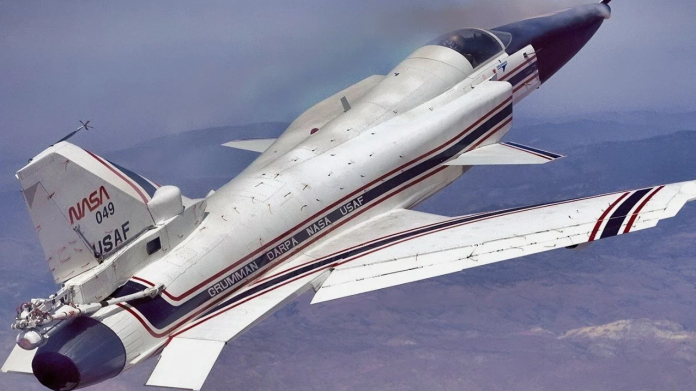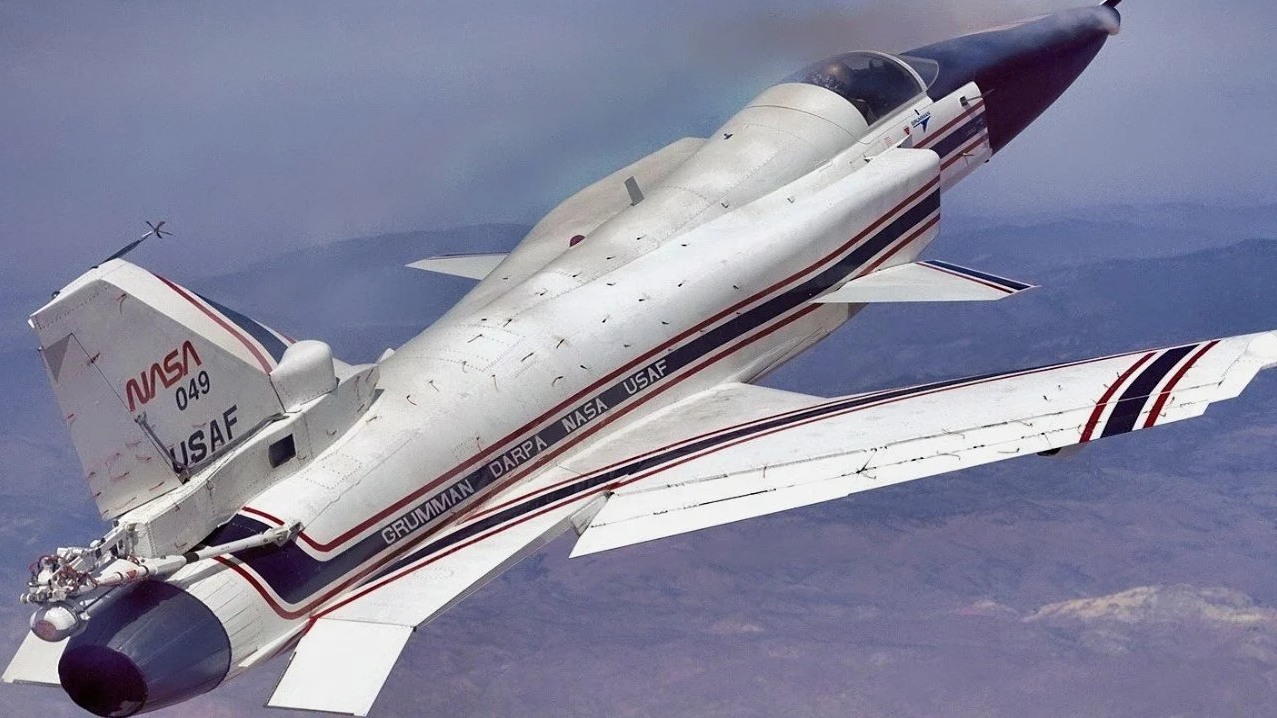
In the annals of aviation, few aircraft have sparked as much curiosity and wonder as the Northrop Grumman X-29, an experimental jet with forward-swept wings that never made it beyond the testing phase.

Its development during the Cold War represented a bold attempt to outmaneuver Soviet fighters with a design that could only be described as revolutionary. Although it never joined the operational fleet, the X-29’s legacy is enduring and its story is a testament to the lengths that nations will go to secure an edge in the skies.
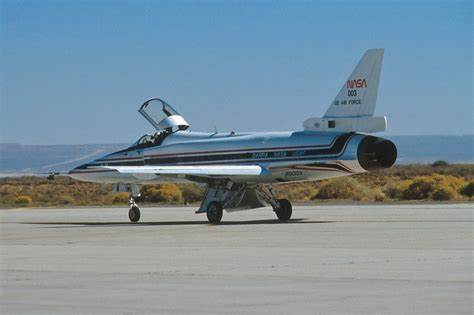
The X-29 was introduced in the 1980s and featured a unique design that was ahead of its time. With forward-swept wings that gave it exceptional maneuverability and supersonic performance, the X-29 was a marvel of engineering.
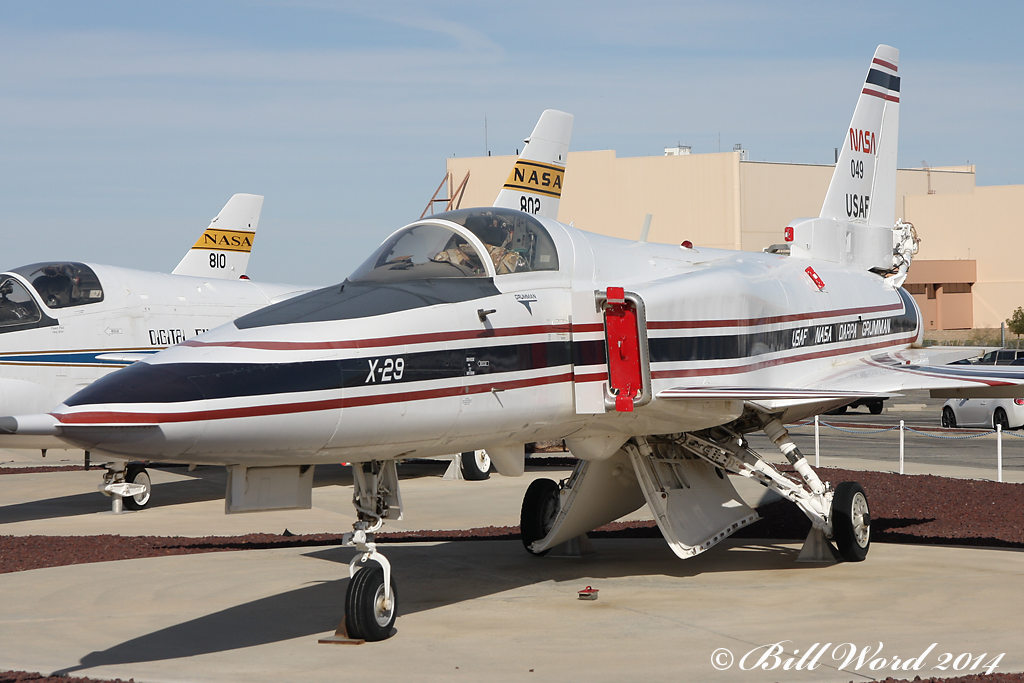
As NASA detailed, “The complex geometries of the wings and canards combined to provide exceptional maneuverability, supersonic performance, and a light structure.”

However, such a groundbreaking design came with its challenges—the aircraft required advanced composite materials and a computerized fly-by-wire system to maintain stability, and only two prototypes were ever built.
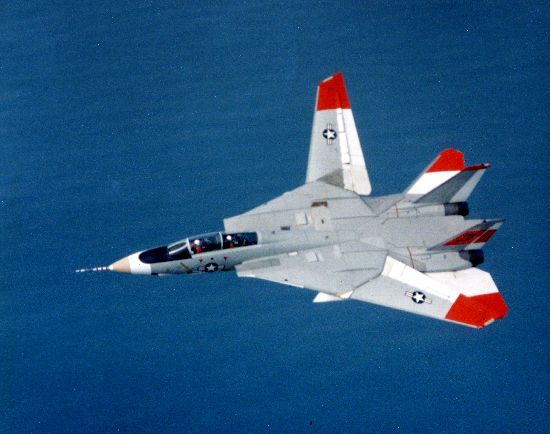
Northrop Grumman, the aerospace giant also known for the iconic F-14 Tomcat, saw the X-29 as a chance to push the boundaries of what was possible in aircraft design. Both prototypes were extensively flown between 1984 and 1991, from the historic Edwards Air Force Base, with Chief Test Pilot Chuck Sewell at the helm for the first flight.
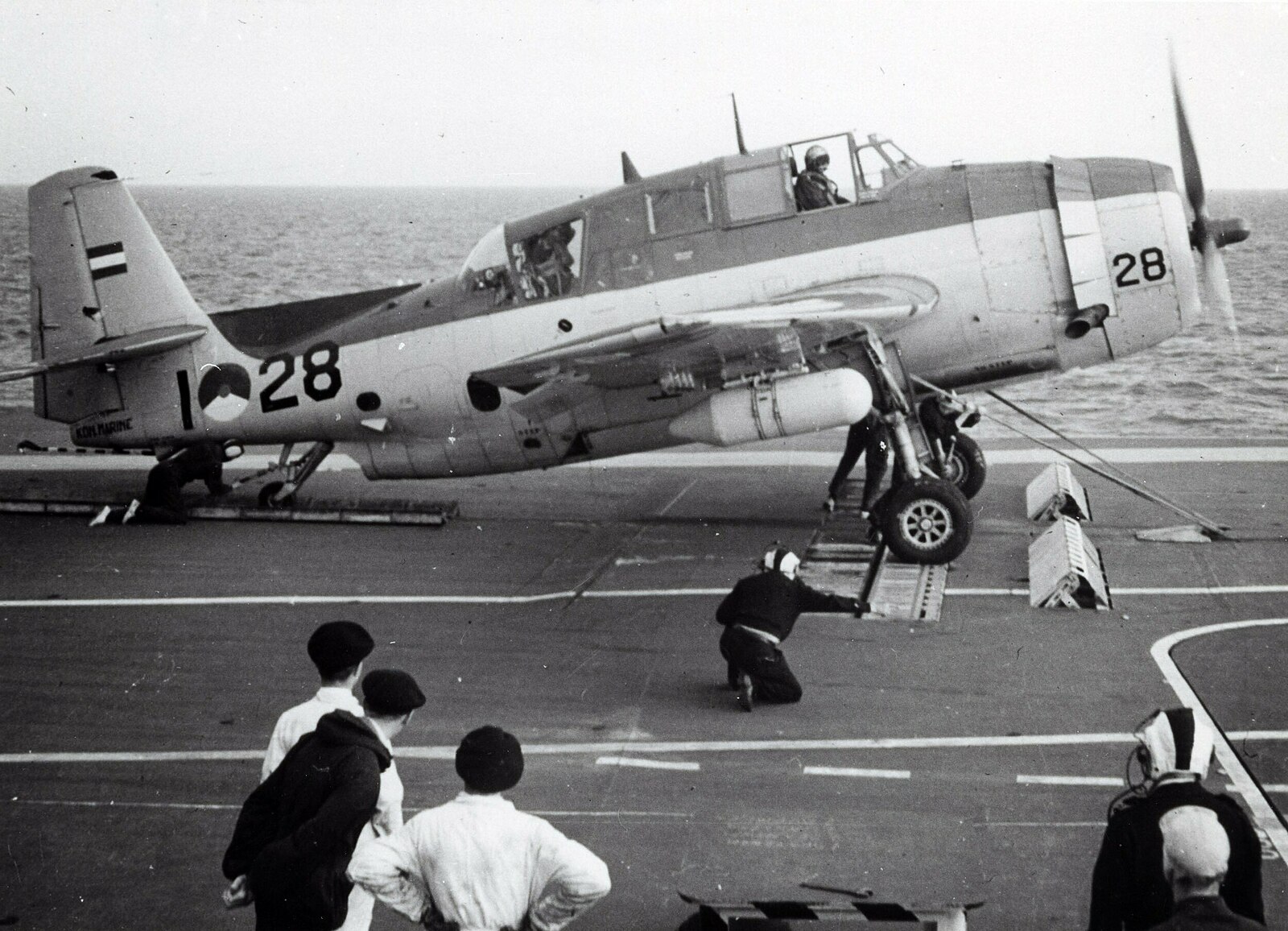
Yet, despite the promise the X-29 showed, the program was ultimately discontinued. One of the prototypes now resides at the National Museum of the U.S. Air Force in Ohio, while the other returned to the Armstrong Flight Research Center on Edwards Air Force Base.
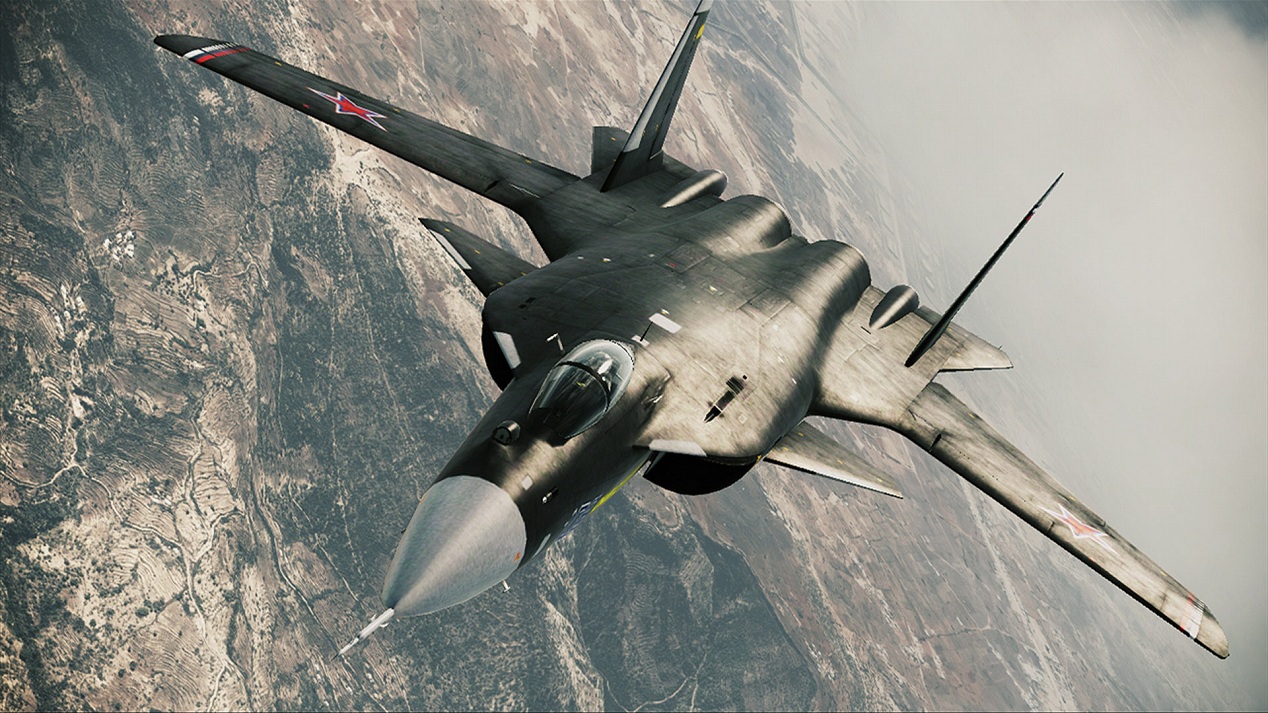
Russia, not to be outdone, attempted a similar design with the Sukhoi Su-47, known as “Berkut” or “Golden Eagle,” which shared the forward-swept wing feature with the X-29. Designed as a 5th-generation fighter to challenge American aircraft like the F-22, the Su-47 faced numerous issues, from design flaws and a lack of funding to insufficient research and development.
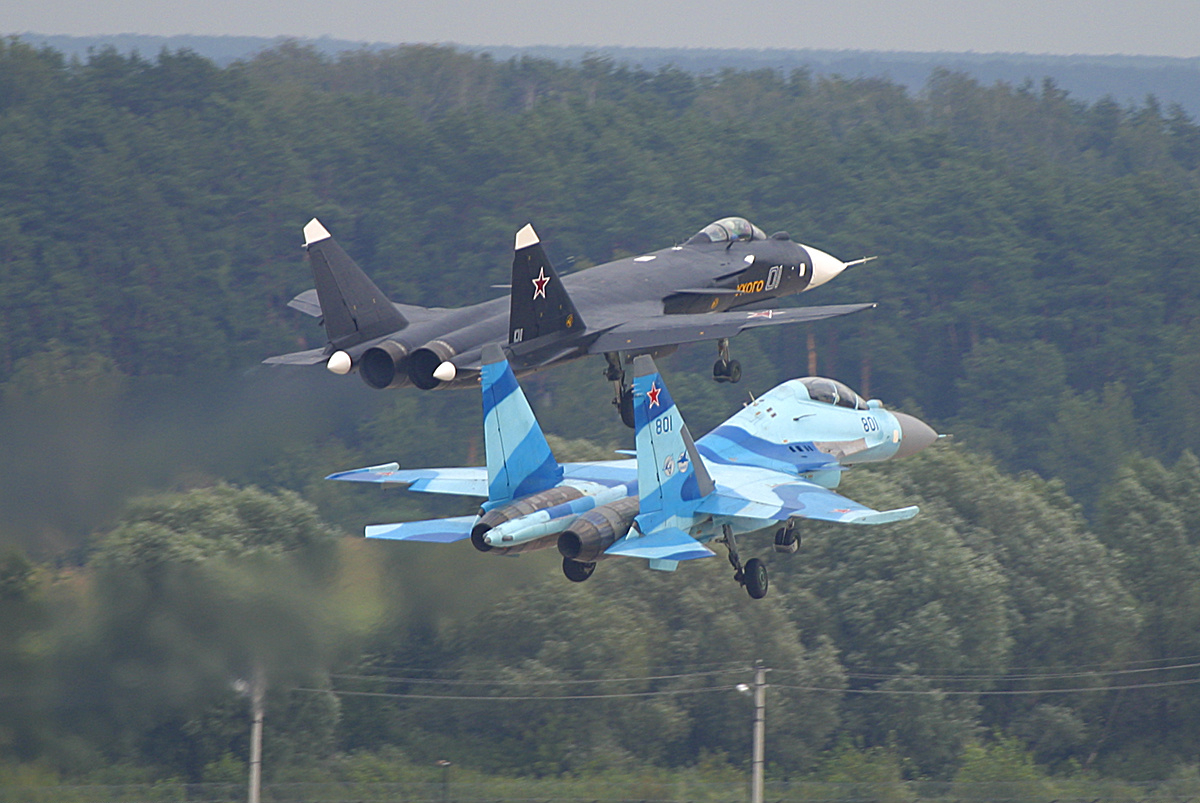
Moscow’s hopes of creating a stealthy and highly maneuverable fighter were not realized, and ultimately, only one prototype of the Su-47 was ever built.
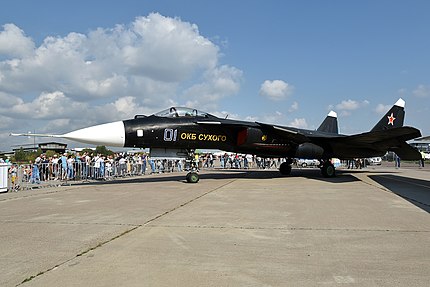
The Su-47, which debuted in 1997, faced significant issues similar to those encountered by the X-29. It had the same characteristic forward-swept wings, which required strong materials to withstand the intense stress during high-speed maneuvers.

Despite having a fly-by-wire system like the X-29, the Su-47 struggled with maintenance costs due to stress cracks in its lighter composite-fiber wings. In addition, its engines fell short of the anticipated Mach 2 speed, achieving a maximum of Mach 1.65.
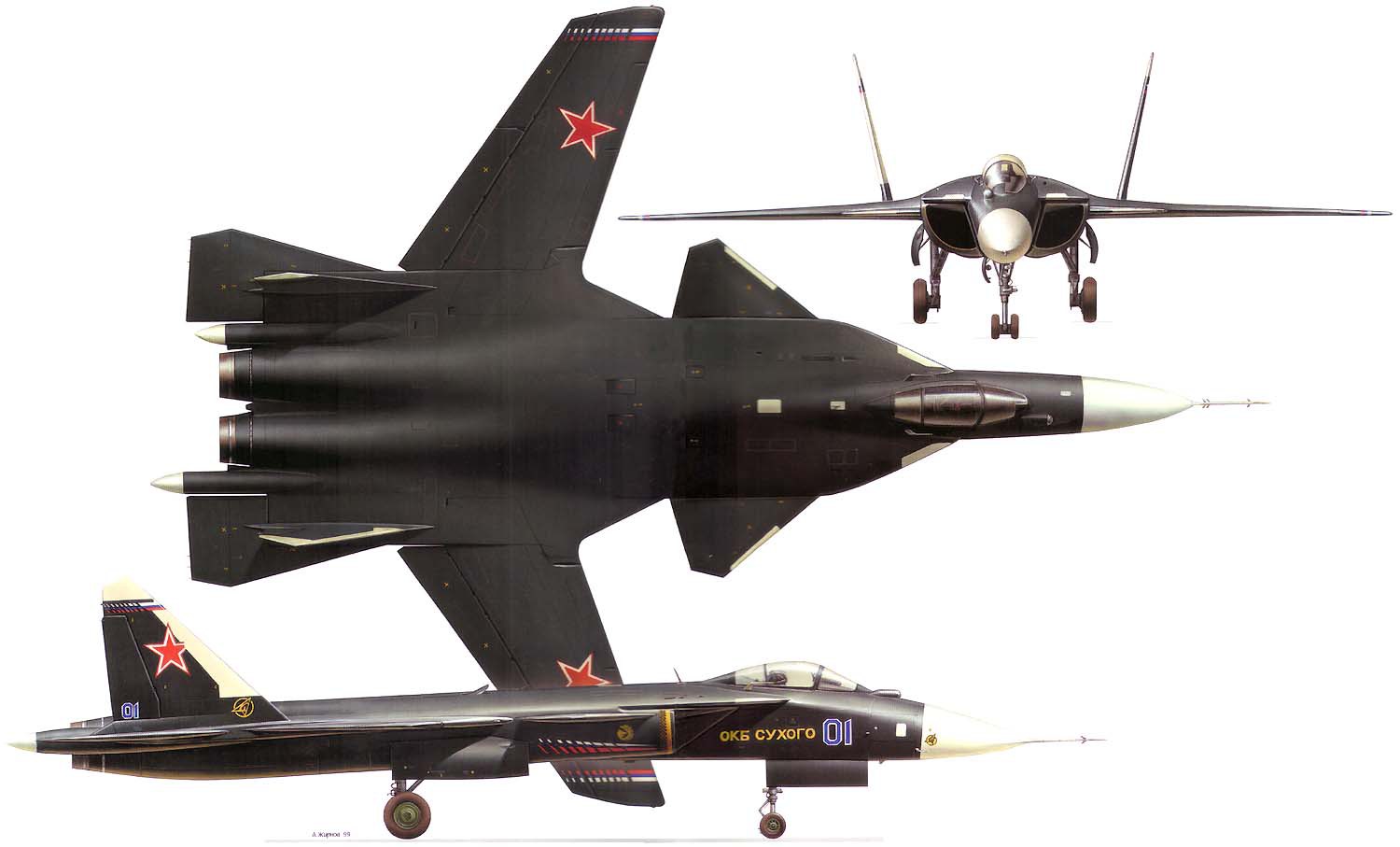
Christian Gelzer, chief historian at the NASA Armstrong Flight Research Center, elaborated on the challenges of the X-29, pointing out its radical instability and how “if all three flight computers had failed together, the airplane would have broken up around the pilot before the pilot had a chance to eject.”

Still, the X-29 had an uncanny ability to explore the ‘post stall’ environment, a capability that was deemed “absolutely essential to fighter superiority” at the time.
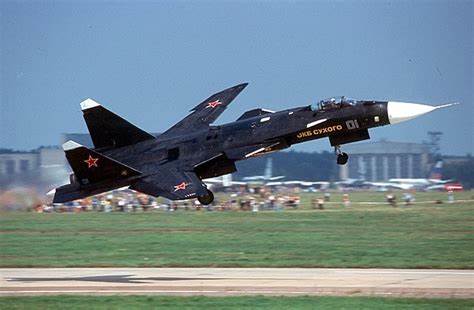
Both aircraft, the X-29 and Su-47, now serve as cautionary tales of innovation that were either too ahead of their time or not sufficiently backed by resources and research.
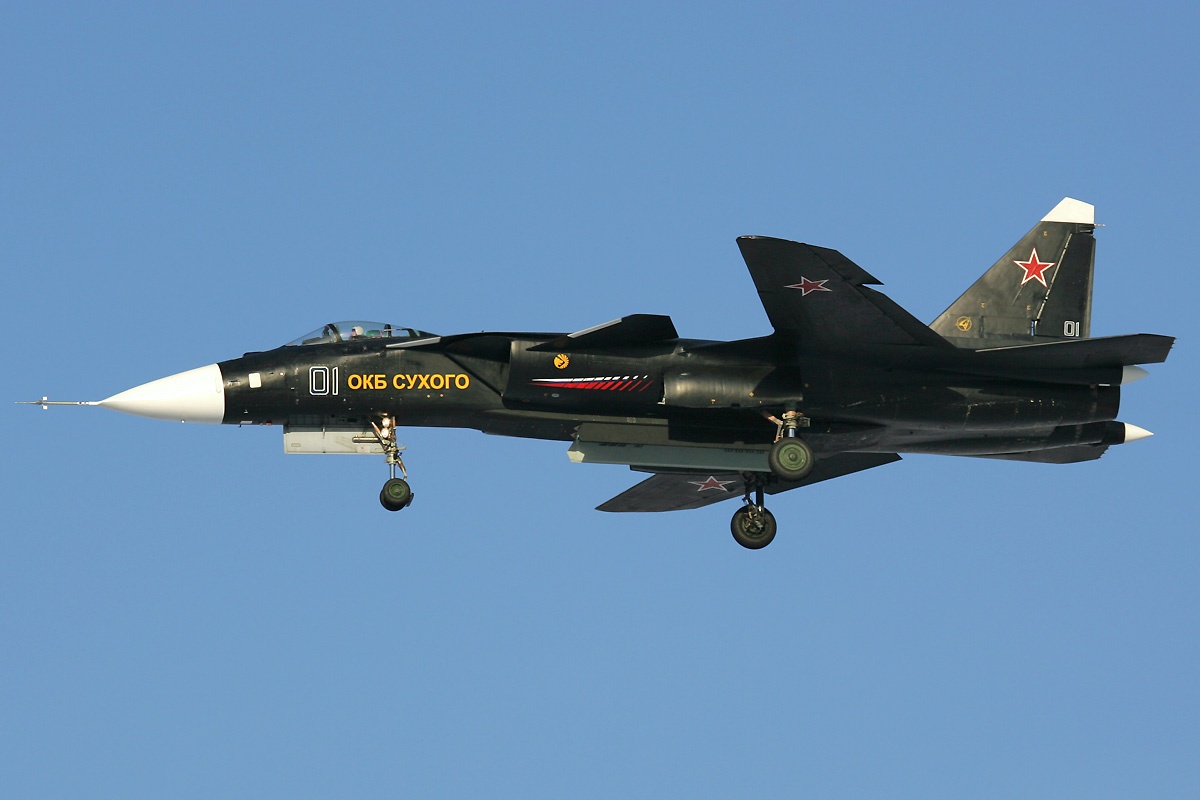
The X-29’s “benefits did not outweigh the disadvantages,” as Gelzer remarked, and when stealth technology became paramount, the focus shifted away from designs like forward-swept wings. These tales of Cold War engineering serve as reminders of a time when the race for aerial dominance spurred some of the most audacious advancements in military aviation.
Relevant articles:
– X-29: The Backwards Fighter Built for a War Against Russia, The National Interest
– X-29: The Backwards Fighter Built for a War Against Russia, The National Interest
– Sukhoi Su-47 ‘Golden Eagle’: Russia’s First Stealth Fighter Failure, nationalinterest.org
– Grumman X-29: The impossible fighter jet with inverted wings, CNN
